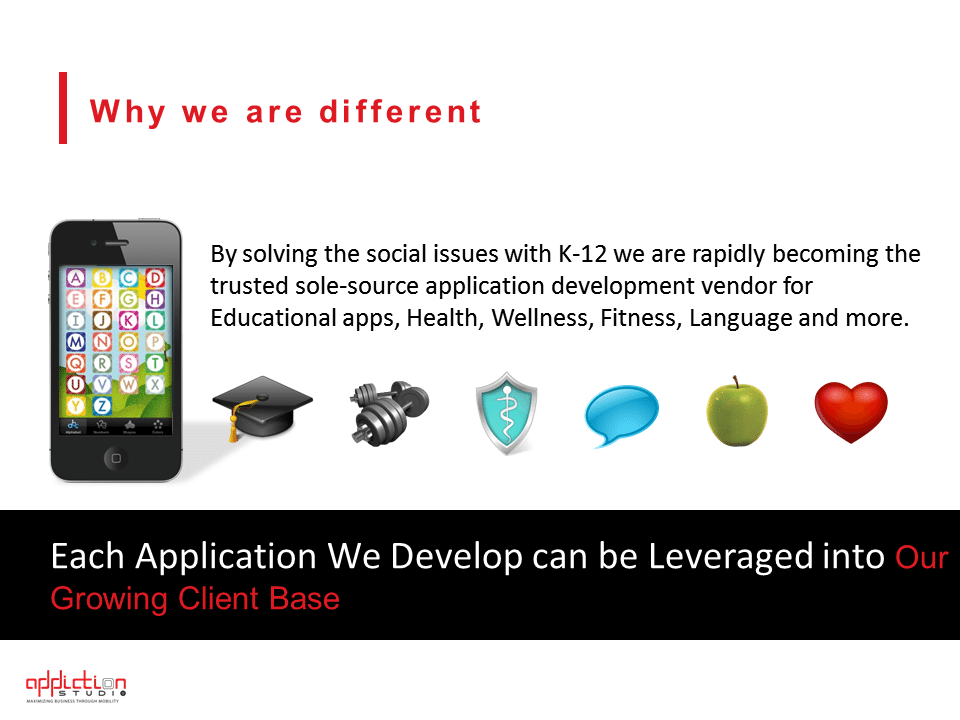In any effective presentation, especially in business or pitch decks, the problem slide is one of the most important elements. It sets the stage for your entire argument, positioning your product, service, or solution as the remedy. A well-constructed problem slide ensures that your audience understands the issue you’re addressing, feels its urgency, and connects emotionally with your solution.
Here’s a guide on how to create a compelling problem presentation slide:
1. Clearly Define the Problem
The first step in creating a problem slide is making sure the problem is clearly defined and easy to understand. Don’t be vague or assume your audience already knows the issue. Frame the problem in a way that resonates with them and demonstrates its significance.
How to Do It:
- State the Problem in One Sentence: Make it concise and direct. Your audience should be able to grasp the problem immediately.
- Use Simple, Relatable Language: Avoid jargon or overly technical terms unless you’re speaking to an audience that understands them well.
- Be Specific: General problems don’t connect as well. Be precise about who the problem affects, what the issue is, and why it matters.
Example: Instead of saying, “Many businesses struggle with online visibility,” say, “70% of small businesses fail to attract customers online due to poor SEO and limited digital presence.”
2. Quantify the Problem with Data
Numbers can give weight to your problem and show its magnitude. Use statistics, studies, or research to quantify the problem and make it more compelling.
How to Do It:
- Use Hard Data: Include data points that illustrate the size, scale, or urgency of the problem. Be specific and make sure your sources are credible.
- Include Relevant Metrics: Choose statistics that directly relate to your audience’s pain points. Whether it’s financial losses, inefficiencies, or lost opportunities, numbers help make the problem feel real.
Example: “Small businesses lose an average of $4,000 per month due to ineffective digital marketing strategies.”
3. Illustrate the Problem Visually
Visuals make complex problems easier to understand and digest. Use diagrams, charts, or images to bring your problem to life and engage your audience visually.
How to Do It:
- Charts and Graphs: If your problem involves data, consider using bar graphs, pie charts, or infographics to represent key statistics.
- Images: Use a relevant image that reflects the problem. If you’re discussing customer frustration, include an image of an unhappy customer.
- Diagrams: Visuals like flowcharts or timelines can explain complex processes or problems more clearly.
Example: Use a pie chart to show how much market share businesses are losing to competitors due to their lack of online presence.
4. Show the Impact of the Problem
Beyond stating what the problem is, demonstrate why it matters. Show how it negatively impacts your audience or target market. This deepens their understanding of the problem and creates a sense of urgency for a solution.
How to Do It:
- Highlight Negative Outcomes: Explain how the problem affects operations, revenue, customer satisfaction, or growth.
- Make It Personal: If possible, include real-world examples or case studies that demonstrate the problem’s impact on real people or businesses.
Example: “Companies without a digital presence report losing up to 25% of potential customers, resulting in significant revenue losses.”
5. Introduce a Sense of Urgency
To make your problem slide even more effective, explain why the problem needs to be solved now. A sense of urgency will motivate your audience to care more deeply about your solution.
How to Do It:
- Time Sensitivity: Indicate whether the problem is worsening over time or if a solution is needed to avoid future consequences.
- Future Impact: Highlight what happens if the problem isn’t solved. Will costs increase? Will opportunities be lost?
Example: “As more businesses move online, companies that fail to invest in digital marketing are projected to lose an additional 10% of revenue each year.”
6. Relate the Problem to Your Audience
Your audience needs to see themselves in the problem. Craft your problem slide in a way that speaks directly to the concerns, frustrations, or challenges of the people in the room.
How to Do It:
- Address Their Pain Points: Focus on how the problem affects their daily operations, profitability, or competitiveness.
- Use Language They Relate To: Tailor your language to your audience. If you’re presenting to executives, use business and financial terms. If it’s a consumer audience, focus on emotions or everyday challenges.
Example: “As business owners, you know how crucial it is to attract customers online. Unfortunately, over 60% of small business websites fail to generate meaningful traffic.”
7. Lead to Your Solution
The problem slide is meant to set up your audience for the next part of your presentation: the solution. End your problem slide by smoothly transitioning to the solution you offer, which should be framed as the answer to the issue you’ve just presented.
How to Do It:
- Create a Bridge: Conclude by hinting at the solution without giving it away completely. Your solution should directly address the problem you’ve just outlined.
- Ask a Question: End the problem slide with a rhetorical question that sets up your solution. For example, “So how can businesses recover their lost online customers?”
Example: “Fortunately, there’s a proven way to turn your online presence into a customer-generating machine. Let me show you how.”
Final Thoughts
A well-constructed problem slide is essential for engaging your audience and framing your solution as a necessity. By clearly defining the problem, using data to back it up, showing its impact, and creating a sense of urgency, you’ll build a strong case for why your audience needs to care—and why your solution is the answer.

